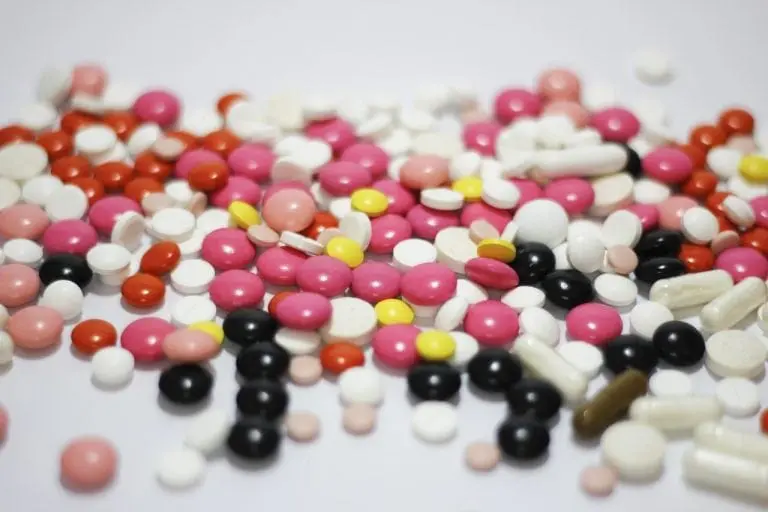16 Ways to Manage Your Baby’s Discomfort During The Teething Process

When your baby is teething, there are several signs of the condition, including:
- Excessive drooling
- Chronic fussiness
- Swollen gums
- Refusal to suck on a bottle
- Rash around the mouth
- Low-grade fever
- Nausea and diarrhea
- Rubbing the ears
As a parent, you may remember some of the pain that you experienced when you had teeth erupting during childhood. Babies can’t communicate the problems that are occurring in their mouths from the eruption of new teeth, but if you are alert, then you can reduce your baby’s discomfort in a variety of ways. One of which is by considering dental solutions through pediatric dentist woodbridge va. Here are some of the tips offered by other parents who have coped with a teething baby.
Tip 1: Massage Your Baby’s Gums
Massaging your baby’s gums with your finger or a soft cloth can help her to feel better. While your baby may drool during this process, it helps to stimulate the blood flow in the gums, and it can also help the tooth to erupt from the gums faster. You can also use a cold metal spoon, or alternatively, you can cover your finger with a gauze pad to massage your baby’s tender gums.
Tip 2: Bottles of Cool Liquid
Cool liquids such as juice, water or baby formula can soothe your baby’s tender gum tissues. Use caution with this method because some baby’s get an upset stomach from cold baby formula, but an infant won’t have this problem with plain water. Keep bottles of cool liquid ready in the refrigerator so that you can give one to your baby at any time while staying nearby to make sure that she is okay.
Tip 3: Warm Compresses on the Face
Saturate a clean washcloth with warm water so that you can create a warm compress. Apply this warmed cloth to each side of your baby’s face or her mouth to alleviate the discomfort from teething. You can repeat this process several times a day to help your baby feel better. Make sure that the washcloth isn’t too warm by applying it to your own face first.
Tip 4: Numbing Gels
Look for numbing gels at your local store that are formulated for infants rather than made for adults. You can apply this substance to your baby’s gums as recommended on the product’s label to help her feel better. Remember that these numbing gels can make it difficult for your baby to suck on a bottle or to eat foods, so make sure to use the numbing gels sparingly.
Tip 5: Hard Foods
If your baby is old enough to eat harder foods, then these can alleviate the pain in the gums from teething. Use caution with this method by remaining with your baby while she tries to chew on a hard piece of bread or a slice of fruit. While at the supermarket, look for packages of special hard foods that are made for babies who are teething.
Tip 6: Cool Baths
When your infant has a fever that is caused by teething, give her a cool bath. As the cool water touches your baby’s skin, she may feel less pain from the teething process, helping her to sleep with less discomfort.
Tip 7: A Relaxing Massage
If a baby is in pain due to teething, then she may develop tense muscles. You may notice this by the way that your child refuses to move her arms and legs. By giving your baby a soothing massage from head to toe, your child can have less discomfort.
Tip 8: Application of Lotions
Apply a soothing moisturizer to your baby’s skin to help her relax. You can begin by rubbing the gentle lotion on your child’s face and neck before continuing to apply it to the rest of her body.
Tip 9: Pain Relievers
When your baby is having severe pain, you can give her a liquid pain reliever that is formulated for infants. Nighttime is one of the best times to do this so that your baby will sleep for a few hours, permitting you to also get some rest. It is better to use pain relievers occasionally.
Tip 10: Relaxing Music
Load a few relaxing lullabies on your smartphone to play for your fussy baby. You can also keep a CD player in your child’s nursery so that she can listen to soothing classical music at naptime.
Tip 11: Baby Swing
A baby swing that is set to rock a baby gently can help your baby to feel more relaxed. Some baby swings also play music to soothe your baby’s distress. Make sure to stay nearby while your child is in the baby swing.
Tip 12: A Stroller Ride
Take your child for a stroller ride around the neighborhood to get her mind off of her sore gums. If the weather is inclement, then you can place your child in a stroller for a ride through the local shopping mall.
Tip 13: Distractions
Place a blanket on the floor along with your baby’s toys so that you can have playtime with your child. Keep her busy with rattles and learning toys so that she won’t notice the pain in her gums. You can also arrange play dates for your baby as an additional distraction from the teething process.
Tip 14: Riding in the Car
Place your baby in her car seat so that you can drive for a few minutes. Some babies enjoy the rocking motions of being in an automobile, helping the infants to relax and sleep. If your baby falls asleep, then you can go back home and carry her inside in her portable car seat.
Tip 15: Baby Toothbrush
Buy a soft baby toothbrush for your child to chew on for several minutes. Chewing on something will help the new tooth to pop through the gum tissue to alleviate the pain. Make sure to sanitize the toothbrush occasionally to remove the excess saliva from its bristles.
Tip 16: Teething Ring
A traditional teething ring that you chill in the refrigerator is a great idea for your baby when she is getting a new tooth. However, there is a new option that you might prefer to use. The Teetherpop teething ring is a revolutionary new product for babies that you can fill with a variety of liquids, including:
- Water
- Baby formula
- Fruit juice
- Breast milk
- Smoothies
- Vegetable or fruit purees
Fill the teetherpop trays with the liquid before placing the items in the freezer. Within a few hours, you will have a frozen treat for your fussy teething baby that will help her to feel better. This product is reusable, durable and washable, making it an excellent value because you can use the teetherpop trays for many years.









